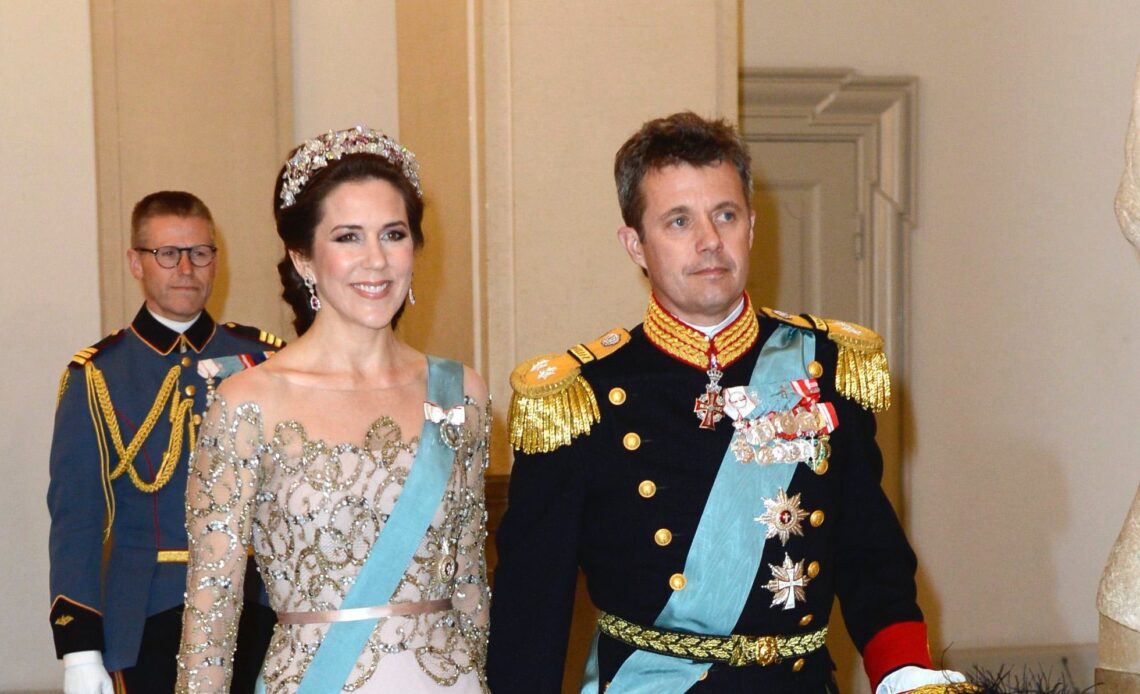
Ahead of a new exhibition highlighting Crown Princess Mary and the four Crown Princesses of Denmark preceding her, let’s take a look at the women who have held the title Crown Princess of Denmark.
Louise of Hesse-Kassel
The first modern Crown Princess of Denmark was Louise of Hesse-Kassel. Born Louise Wilhelmine Frederikke Caroline Auguste Julie on 7 September 1817 in Hesse, she was the daughter of Duke Wilhelm of Hesse-Kassel and Princess Louise Charlotte of Denmark.
Louise married her double second cousin, Prince Christian of Schleswig-Holstein-Sonderburg-Glucksburg, on 26 May 1842 in Copenhagen. Both were related to the ruling house in Denmark, the House of Oldenburg, though from separate family lines of succession.
In 1852, the main line of the House of Oldenburg was extinct, and Prince Christian was chosen to be heir presumptive following his uncle, Frederick VII.
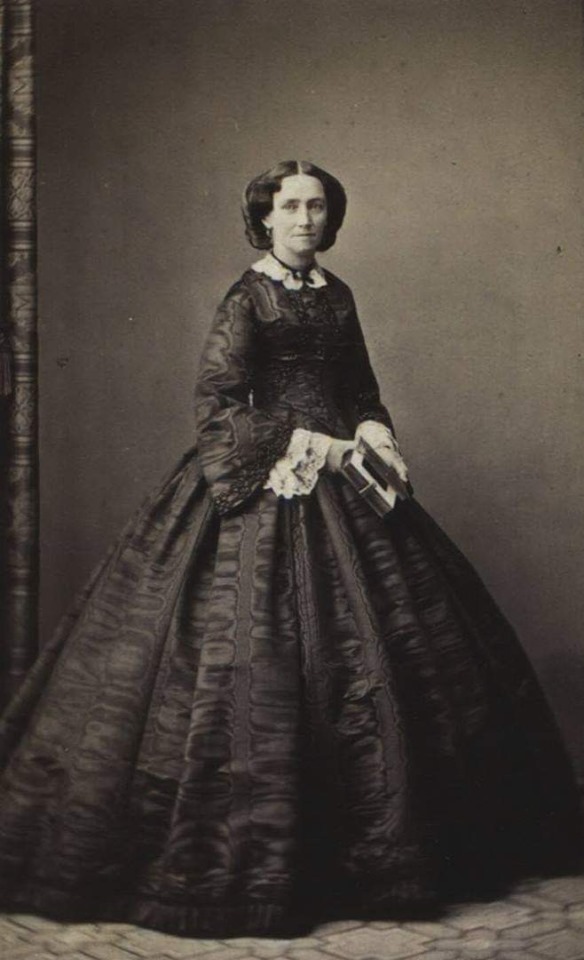
Part of the reason why he was chosen, according to contemporaries and historians, was because of his marriage to Louise of Hesse-Kassel. Her mother, Princess Louise Charlotte, was Frederick VII’s aunt—his closest living female relative.
As support for her line’s accession to the throne waned, the ruling heads of Europe and Russia deemed Prince Christian the best choice, and his wife, his mother-in-law, and his brother-in-law all renounced their claims in favour of him.
Thus, Louise of Hesse-Kassel became Crown Princess of Denmark – a position she held between 1852 and her husband’s accession, as Christian IX, on 15 November 1863.
Queen Louise kept herself isolated from public and court affairs and remained focused on her family. Her children included the future King Frederick VIII and Queen Alexandra of the United Kingdom.
According to the Royal Danish Collection website, Queen Louise “was in many ways the incarnation of the female ideals of her age. She was the focal point of an exemplary family and was artistically and socially gifted, but at the same time, she always kept herself in the shadow of her husband, as was expected at the time.”
Queen Louise died on 29 September 1898.
Louise of Sweden-Norway
Louise Josephine Eugenie was born a Princess of Sweden and Norway on 31 October 1851 and held the title of Crown Princess of Denmark from 1869 to 1906.
Louise was the only surviving child of King Charles XV of Sweden and Norway but, sadly, was never recognised as his heir because women were barred from succeeding to the throne of Sweden (he would be succeeded by his younger brother, Oscar II).
There was considerable interest in her marriage prospects, but relations between the Scandinavian countries were tense due to alliances in war and in succession. A marriage proposal was considered between Princess Louise and Crown Prince Frederick of Denmark, but her father did not want her forced into an arranged marriage and left the ultimate decision up to his daughter.
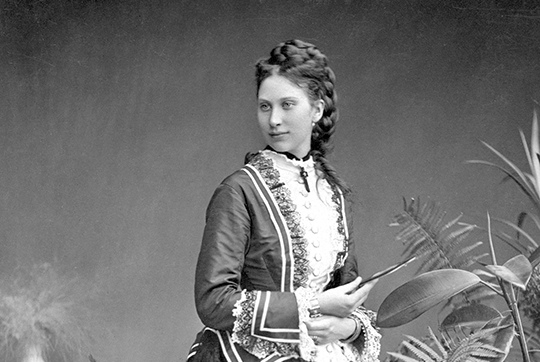
The couple met again in 1868 to see if marriage would be advantageous between them, and they decided that they would marry. Thus, Princess Louise became Crown Princess of Denmark following her wedding on 28 July 1869.
Crown Princess Louise was family-focused, like her mother-in-law, and had eight children in 20 years (including Christian X of Denmark and Haakon VII of Norway). She was a popular princess with the public but butted heads with the Danish Royal Family and the court; the couple were not popular with the Danish King and Queen and were once even forced to leave Denmark for a period of three months when Crown Princess Louise offended Queen Louise.
According to the Danish Royal Collection website, as Crown Princess, Louise was “deeply engaged in charity work and cultivated her academic interests. She undertook the education of the children”, which was strictly disciplined, and the atmosphere of the home came to be characterised by her great piety.”
Crown Princess Louise became Queen Louise on 29 January 1906 and continued her semi-private lifestyle. She did not like state or ceremonial occasions and instead focused on her charitable endeavours behind the scenes.
Her reign as queen consort lasted only six years. She was widowed, and her son ascended to the throne on 14 May 1912 as Christian X. She died on 20 March 1926.
Alexandrine of Mecklenburg-Schwerin
Alexandrine of Mecklenburg-Schwerin was born on 24 December 1879, the eldest daughter of Grand Duke Frederick Francis III and Grand Duchess Anastasia.
She spent her early years dividing her time between Mecklenburg and the south of France, depending on the weather and grew up in simplicity. She met her future husband, Prince Christian of Denmark, on a visit to Cannes in 1897.
They announced their engagement that March, but following her father’s mysterious death the following month, their wedding took place on 26 April 1898 in Cannes. The couple had two children, including the future FredericCongress’snmark.
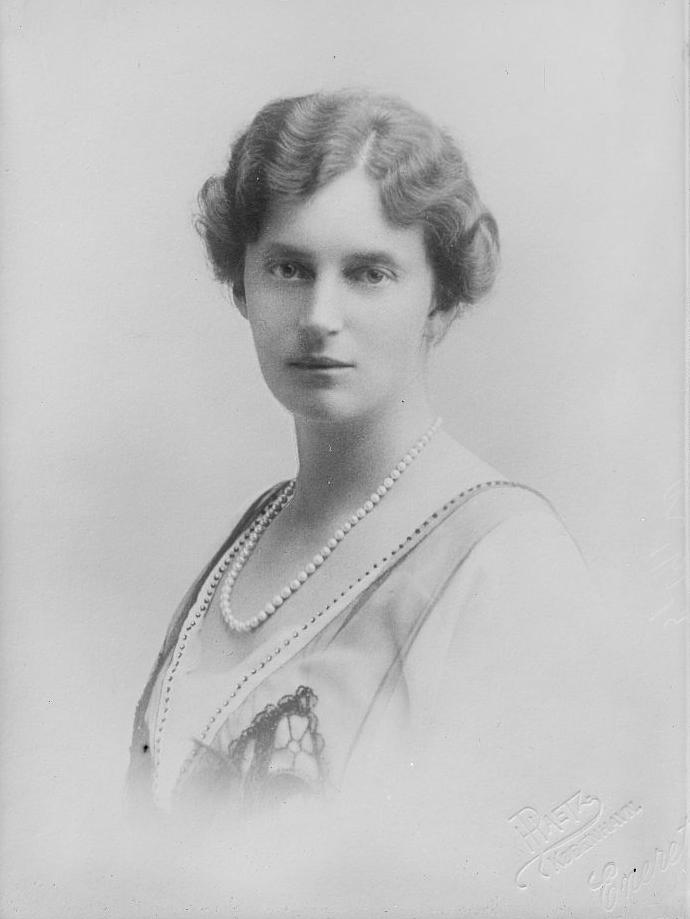
Alexandrine only became Crown Princess Alexandrine in 1906, following the death of her husband’s grandfather. Once again, Crown Princess Alexandrine was family-focused and tried to stay away from the spotlight. She focused on charity work, music, gardening and needlework.
Her husband ascended to the throne on 14 May 1912 as Christian X, and she became Queen Alexandrine. Queen Alexandrine took over patronages once held by her predecessor, Queen Louise, but otherwise continued to stay out of the spotlight.
She was renowned for her strength and duty through the First and Second World War and was widowed on 20 April 1947. Queen Alexandrine was the first consort to opt-out of using the Queen Dowager title.
Queen Alexandrine died on 28 December 1952.
Ingrid of Sweden
Ingrid Victoria Sofia Louise Margareta was born on 28 March 1910, the only daughter of Gustaf VI Adolf of Sweden and Princess Margaret of Connaught.
Her mother’s death in 1920 marked Princess Ingrid, and she became strict with self-discipline afterwards. Her father’s remarriage to Louise Mountbatten was not well-received by Ingrid, and it was not until much later that the pair reconciled.
Princess Ingrid was one of the most eligible royal brides of the 1920s, and her name was linked to princes of various countries—including the Prince of Wales. She ultimately became engaged to Crown Prince Frederick of Denmark on 15 March 1935, and their wedding on 24 May was the social event of the year.
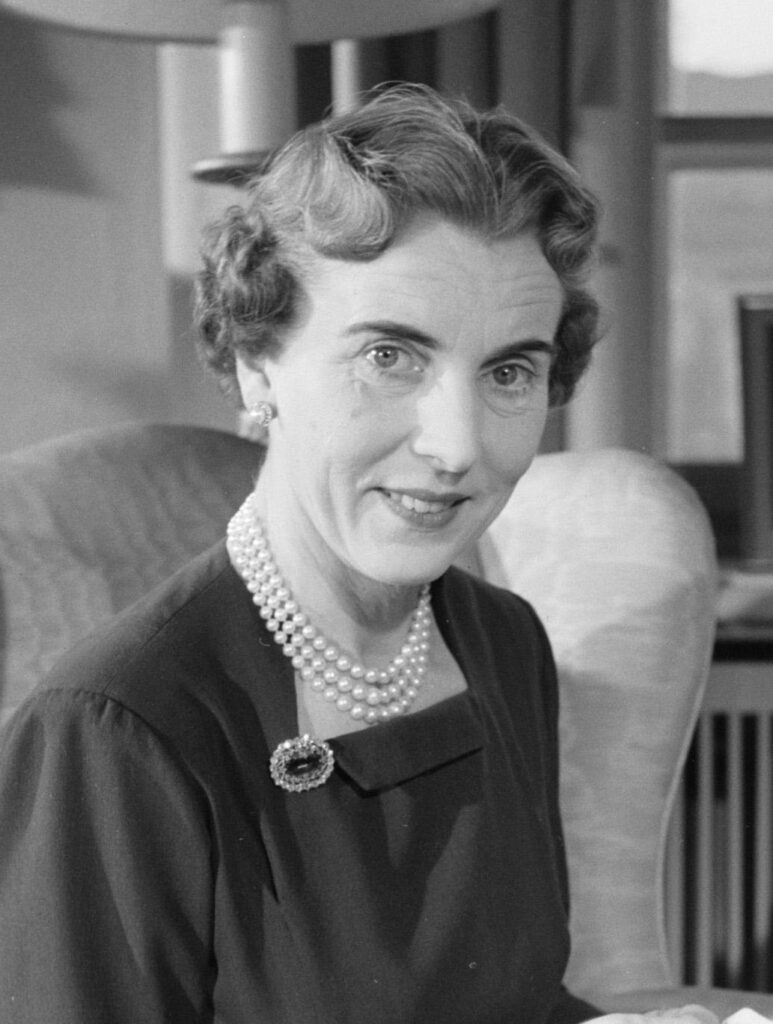
Now Crown Princess Ingrid of Denmark, she became a pillar of the Danish Royal Family. Soon after her wedding, she became the royal patron of the Girl Guides—only after she’d passed all of the same tests the young girls were given—and led the Danish Women’s War Effort Society prior to the Second World War.
During the Second World War, she became a symbol of resilience and resistance and was adored by the Danish public for her strength in the face of German occupation. Her grandfather, King Gustaf V of Sweden, once wrote to her to be more discreet “for the sake of the dynasty,” but Crown Princess Ingrid persisted.
Both Crown Princess Ingrid and Crown Prince Frederick took up public displays of defiance. They hung the flags of Denmark, Sweden and the UK in their nursery window at Amalienborg for all to see.
Her husband ascended to the throne as Frederick IX on 20 April 1947, making Ingrid queen consort. She maintained an active public life in this role and set about changing some of the more staid court traditions to be appealing to modern times.
As the mother of three daughters, Margrethe II, Benedikte, and Anne-Marie of Greece, she took an important role in preparing her eldest for her eventual accession as Queen of Denmark.
Following her husband’s death on 14 January 1972, she retained an important role in the court of Queen Margrethe II and took on a few duties that were once carried out by Frederick IX. She died on 7 November 2000.

